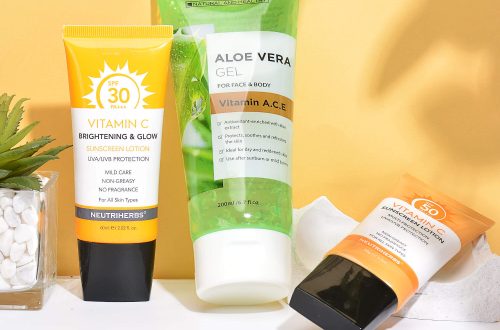
Why should you avoid phthalates in cosmetics
If you enjoy reading and understanding product labels, you’ve probably come across the term “phthalates,” a chemical substance. It is said with a “the-late” sound. Phthalates are present in a wide variety of items, including packaged food, skincare, hair care, and even home furnishings.
Getting rid of or avoiding phthalates is not easy. Detergents, colognes, shampoos, cosmetics, medicines, plastic toys, lubrication oils, and many more items we use regularly all include them.
However, knowing what phthalates are, where they are found, and why they are harmful will be helpful.
How do phthalates work?
Phthalates sometimes referred to as plasticizers, are chemical substances that are frequently added to plastics to improve their longevity, durability, transparency, and flexibility. They are also used in many skincare and cosmetic products as a solvent or binding agent.
Phthalates are composed of phthalic acid, which is a colourless, odourless, greasy liquid. and are the most widely utilised chemicals worldwide.
Why should phthalates be avoided?
They frequently have anomalies connected to hormonal and reproductive problems. Given that people are constantly exposed to them, phthalates have a structure that allows the product’s chemicals to escape into the environment rather than remain contained within it.
Common phthalates like DEHP have been linked to endocrine disruption, which is known to have a detrimental impact on human hormonal balance. Due to exposure to phthalates like DEHP and DBP when they are of reproductive age, women may be at risk of experiencing repeated miscarriages.
Phthalates can cause eczema, asthma, ADHD, reduced IQ and allergies. Here are some guidelines to get you going:
1. Pay attention as you read the labels
2. Dissimilarities in the names
3. Avoid fragrance
4. Steer clear of plastic wherever you can
5. Use artisanal personal care producers
6. Determine the aliases
Conclusion
The scientific community has expressed serious worries about phthalates because of their usage and negative consequences. To understand how phthalates function, how they are made, and what forms they take, numerous investigations and research have been conducted.




